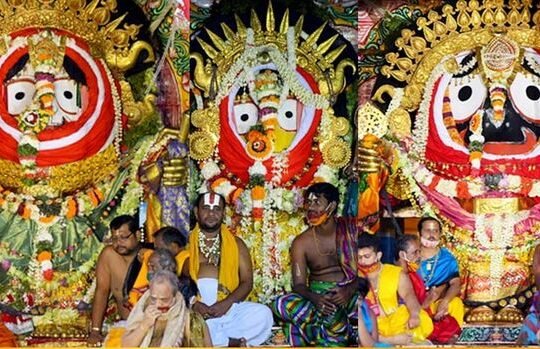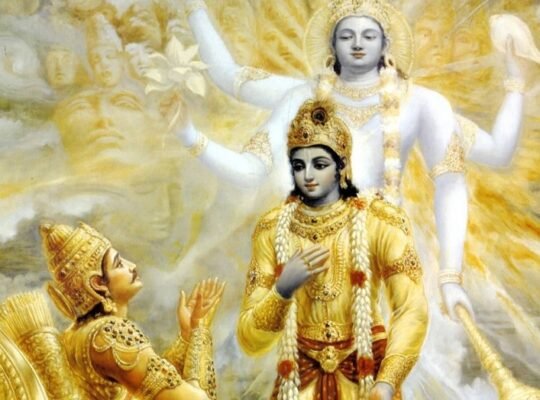By Sujata Muguda, Shreyas WebMedia Solutions
4 /6/2024: The Shankh, also known as the conch shell, is a sacred symbol in Hinduism and other Dharmic religions. It’s not just a beautiful shell; it holds deep cultural significance and is believed to possess positive energies. Explores the different types of Shankhs, their origins, and the positive vibes associated with them.
Varieties of the Venerable Shankh:
There are numerous classifications of Shankhs, but two primary categories are based on the shell’s spiral direction when viewed from the top:
Dakshinavarti Shankh (Right-handed Conch): Considered the most sacred, this rare conch spirals clockwise. It’s associated with Lord Vishnu and is believed to bring prosperity, good luck, and peace.
Vamavarti Shankh (Left-handed Conch): Spiraling counter-clockwise, this Shankh is linked to Goddess Lakshmi, symbolizing abundance, fertility, and wealth.
Beyond this basic distinction, several other Shankh types hold unique meanings:
Ganesha Shankh: Resembling the shape of Lord Ganesha’s head, it’s believed to remove obstacles and bring success.
Goumukhi Shankh (Cow-mouthed Conch): Shaped like a cow’s mouth, it’s associated with purification and is used in rituals seeking blessings from Mother Earth.
Moti Shankh (Pearl Conch): This white and lustrous Shankh symbolizes purity and is believed to bring peace and tranquility.
Heera Shankh (Diamond Conch): Rare and precious, it’s said to bestow knowledge, wisdom, and clarity.
Kauri Shankh (Cowrie Shell): Often used in offerings, it’s linked to prosperity and fertility.
Origins of the Shankh:
Shankhs are naturally occurring shells of various sea snails found in the Indian Ocean, Pacific Ocean, and Southeast Asian seas. They are harvested from the seabed by skilled divers and are a valuable natural resource.
Positive Vibes of the Shankh:
The Shankh is believed to:
Promote spiritual well-being: Blowing the Shankh is said to purify the atmosphere and create a sacred space for prayer and meditation.
Bring prosperity and good fortune: The association with deities like Lakshmi and Vishnu makes the Shankh a symbol of abundance and success.
Foster peace and harmony: The calming sound of the blown Shankh is believed to promote inner peace and tranquility.
Possess healing properties: In some traditions, Shankh water (water stored in a Shankh) is considered sacred and used for its potential healing benefits.
Important Considerations:
It’s important to note that the Shankh is a natural resource, and responsible harvesting practices are crucial. Always purchase Shankhs from reputable sources that prioritize sustainable methods.
Conclusion:
The Shankh, in its various forms, is a powerful symbol of spirituality, prosperity, and well-being. Understanding the different types and their associated meanings allows for a deeper appreciation of this sacred object in Hinduism and other Dharmic traditions.






